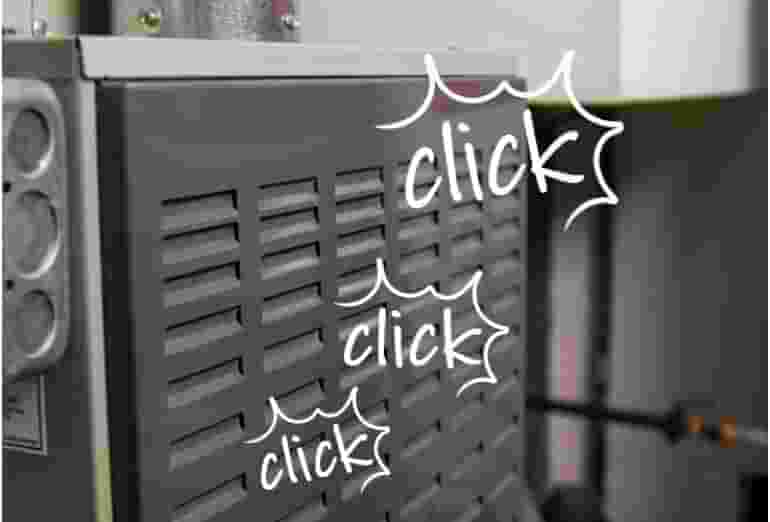All Mr. Handyman franchises are locally owned and operated and may offer fewer or more services than those listed here. To learn more about the roof tile repair services offered in your area, contact your local Mr. Handyman for details or a customized on-site assessment.
Roof Repair FAQs
Mr. Handyman has been helping homeowners repair, maintain, and enhance their spaces for over 25 years! We are the one-stop solution for everything on your to-do list. This includes answering your questions about home repairs, maintenance, and improvements. Here are answers to some of your most frequently asked questions about roof tile repair.
Can roof tiles be repaired?
Yes, roof tiles can often be repaired, but the specific approach will depend on the type of tiles you have, the extent of the damage, and the overall condition of the current tiles. If your tiles are in good condition overall, individual repairs can be a cost-effective way to extend the life of your roof. Minor issues like cracked or chipped tiles can typically be fixed using a sealant or adhesive designed specifically for tile repair. These types of repairs can often be done without the need to replace the entire roof. In some cases, a professional can replace the damaged tile, ensuring that the rest of the roof remains intact and functional.
However, if the damage is more widespread or affects a large portion of the roof, a full roof replacement might be necessary. Regular maintenance and inspections are key to catching problems early and preventing bigger issues like a complete roof replacement.
How do I fix a leak on a tile roof?
Fixing a leak on a tile roof can be tricky, but not impossible. Here’s a step-by-step guide on how to approach cracked roof tile repair:
- First, you’ll need to find the source of the leak. Start by inspecting the roof for visible damage, such as cracked or displaced tiles. If the leak is not obvious, it could be caused by damage to the underlayment (the layer beneath the tiles) or flashing.
- Carefully remove any broken or displaced tiles. Gently lift the surrounding tiles to get access to the damaged ones.
- Once the tiles are removed, inspect the underlayment . If it’s damaged, it may need to be patched or replaced to prevent further leaks.
- If the tiles are cracked or broken, replace them with new ones that match the rest of the roof. For minor cracks, you might be able to use roofing cement or sealant to repair the tile.
- Once you’ve made the repairs, reinstall the tiles in their original position. Make sure they fit snugly and securely to prevent future leaks.
Note: Working from ladders and on a roof is dangerous. An experienced service professional is better equipped to handle roof inspection and repairs.Therefore, hiring a professional roofer is always a safer option.
How often should roof tiles be inspected?
Roof tiles should be inspected regularly, at least once or twice a year, to check for damage. Ideally, you should also inspect your roof after extreme weather events like storms or hail. This will help you identify potential issues early and take appropriate action before they develop into more serious problems.
While you may only need to fix a few tiles every few years, it’s important to stay on top of roof care to prevent small issues from turning into larger, more expensive repairs. Early detection of problems like missing tiles or leaks can save you time, money, and frustration down the line.
How many years should a tile roof last?
A tile roof is known for its durability and longevity. On average, a tile roof can last between up to 30 years, depending on the quality of the tiles, the installation, and the climate and weather conditions where you live. Concrete tiles tend to last longer than clay tiles, but both are highly durable roofing materials.
Tile roofs are resistant to fire, rot, and insect damage, making them a great investment for long-term durability. However, like any roof, the lifespan of a tile roof can be affected by external factors. For instance, severe weather, such as hail or high winds, can cause tiles to crack or become displaced, which will shorten the roof’s lifespan if repairs are not done promptly.
Get regular inspections and maintenance to ensure the longevity of your tile roof. A well-maintained tile roof will last much longer than one that’s neglected. If you’re unsure of the condition of your roof, it’s a good idea to hire a professional to assess it every few years.
When should you hire a professional to fix a tile roof?
While some minor tile roof repairs can be done yourself, many situations require the experience and expertise of a professional to ensure proper, long-lasting repairs. Here are instances where repairs are best-suited for an expert:
- The damage is extensive or hard to locate.
- You see signs of significant water damage, such as ceiling stains or mold growth.
- You’re not comfortable working at heights or handling heavy tiles.
- Repairs involve replacing underlayment or structural components.
Knowing when to call in a professional, will keep your tile roof in top shape for years to come.
 Click to call
Click to call

 Click to call
Click to call
